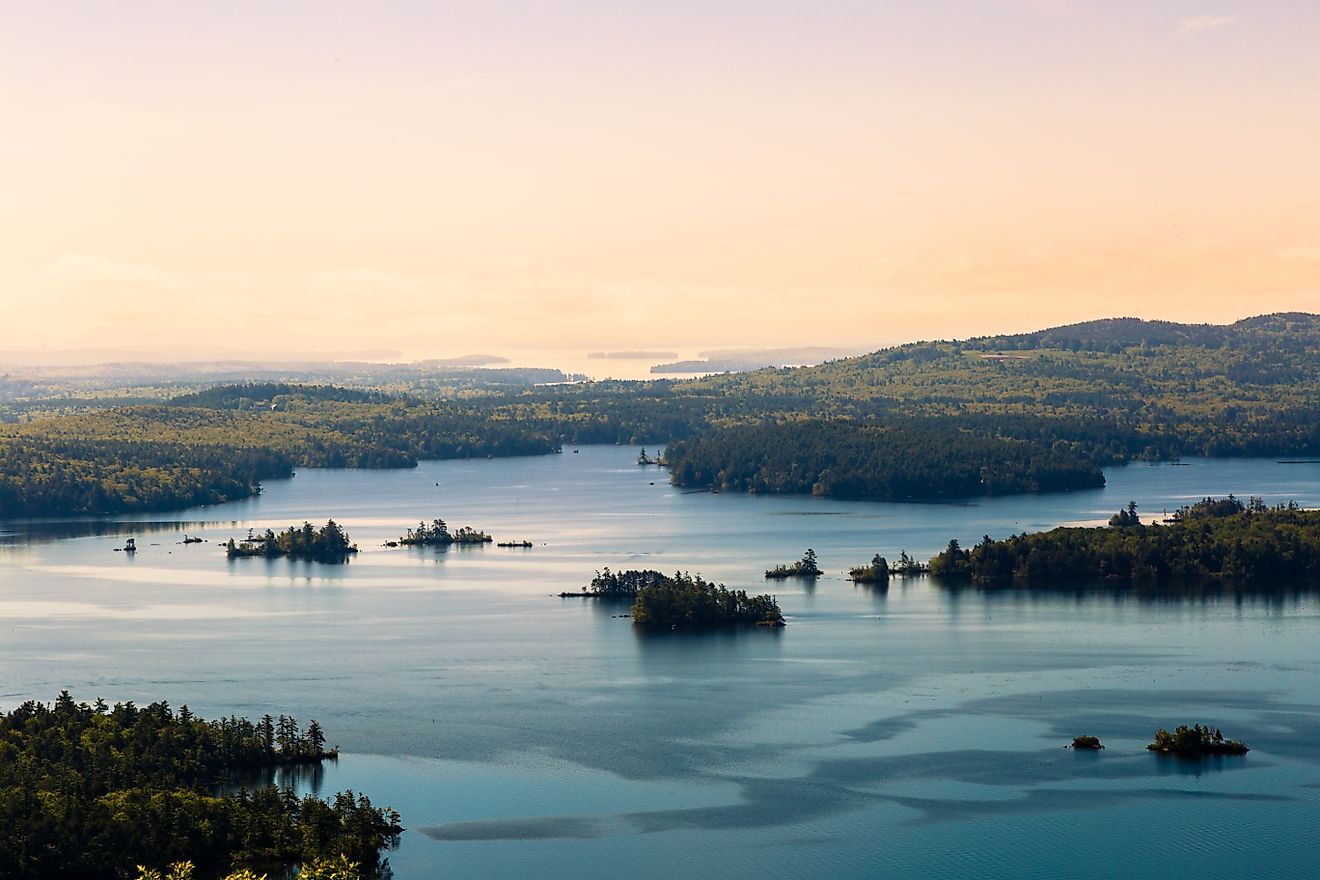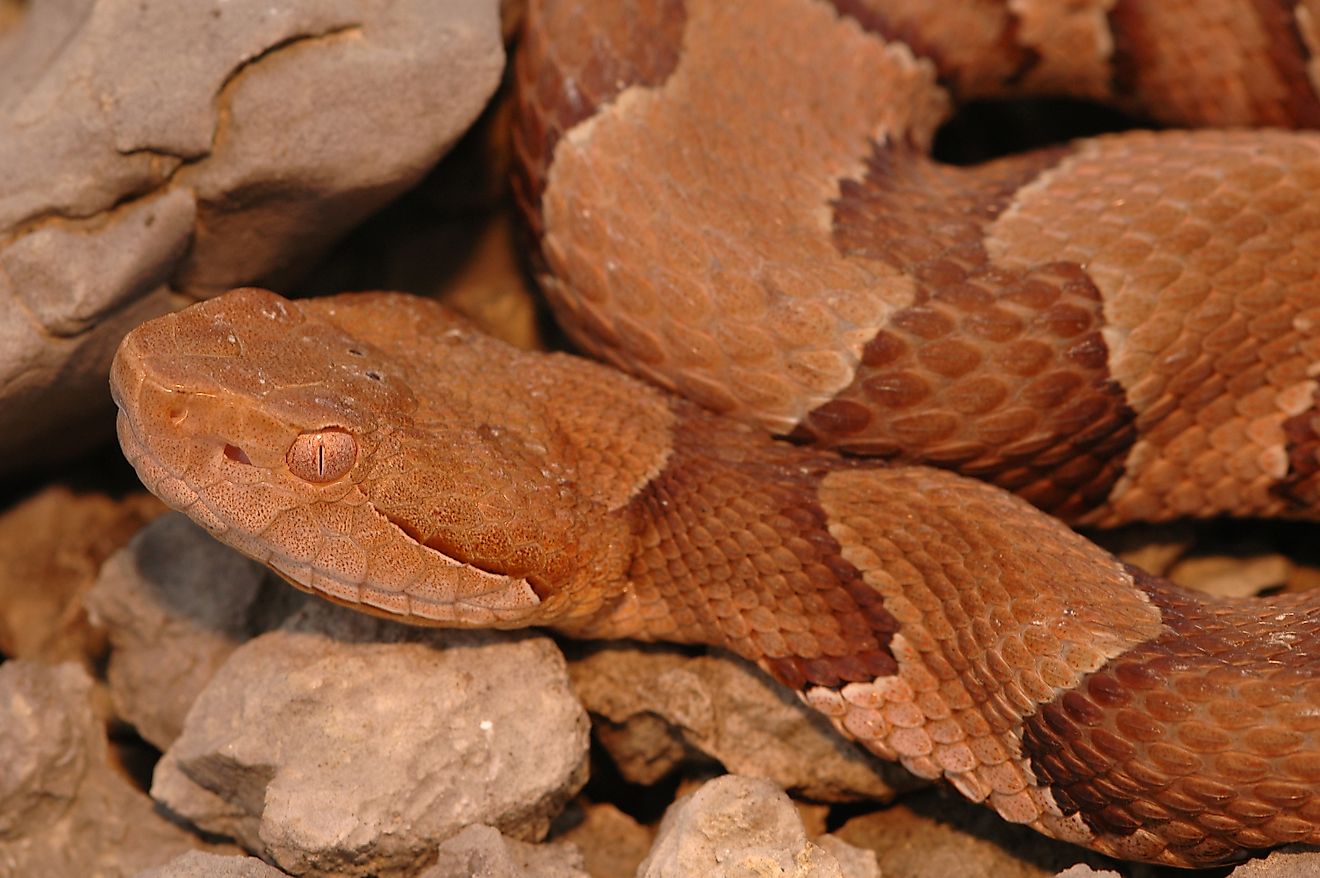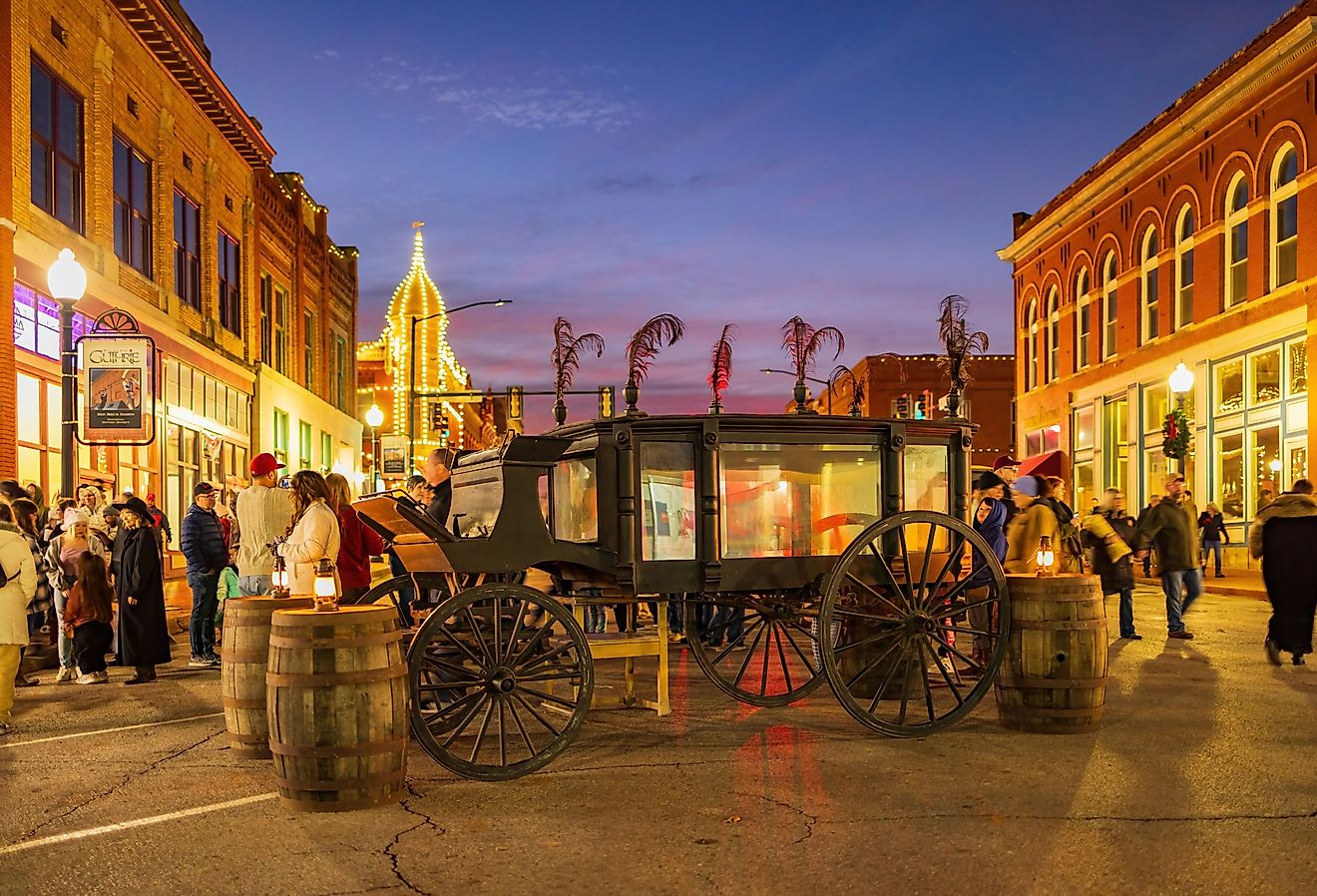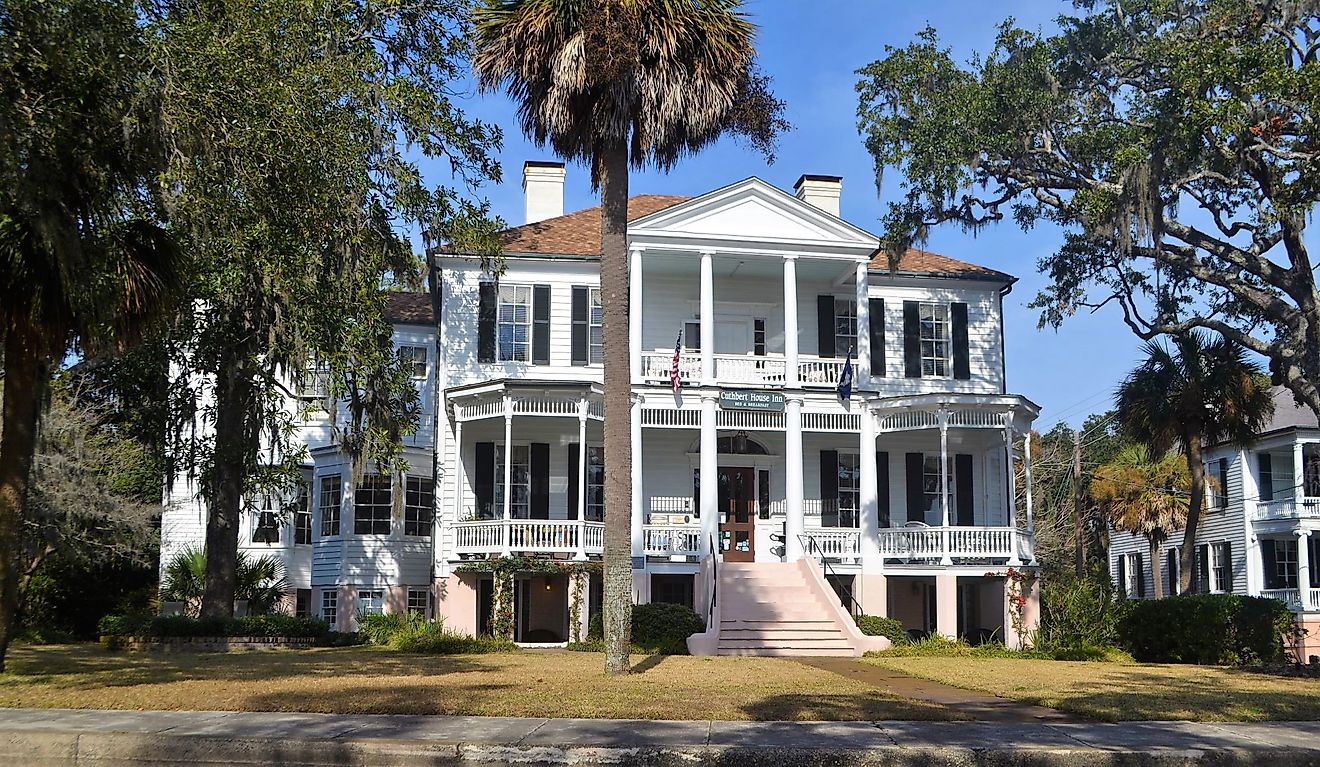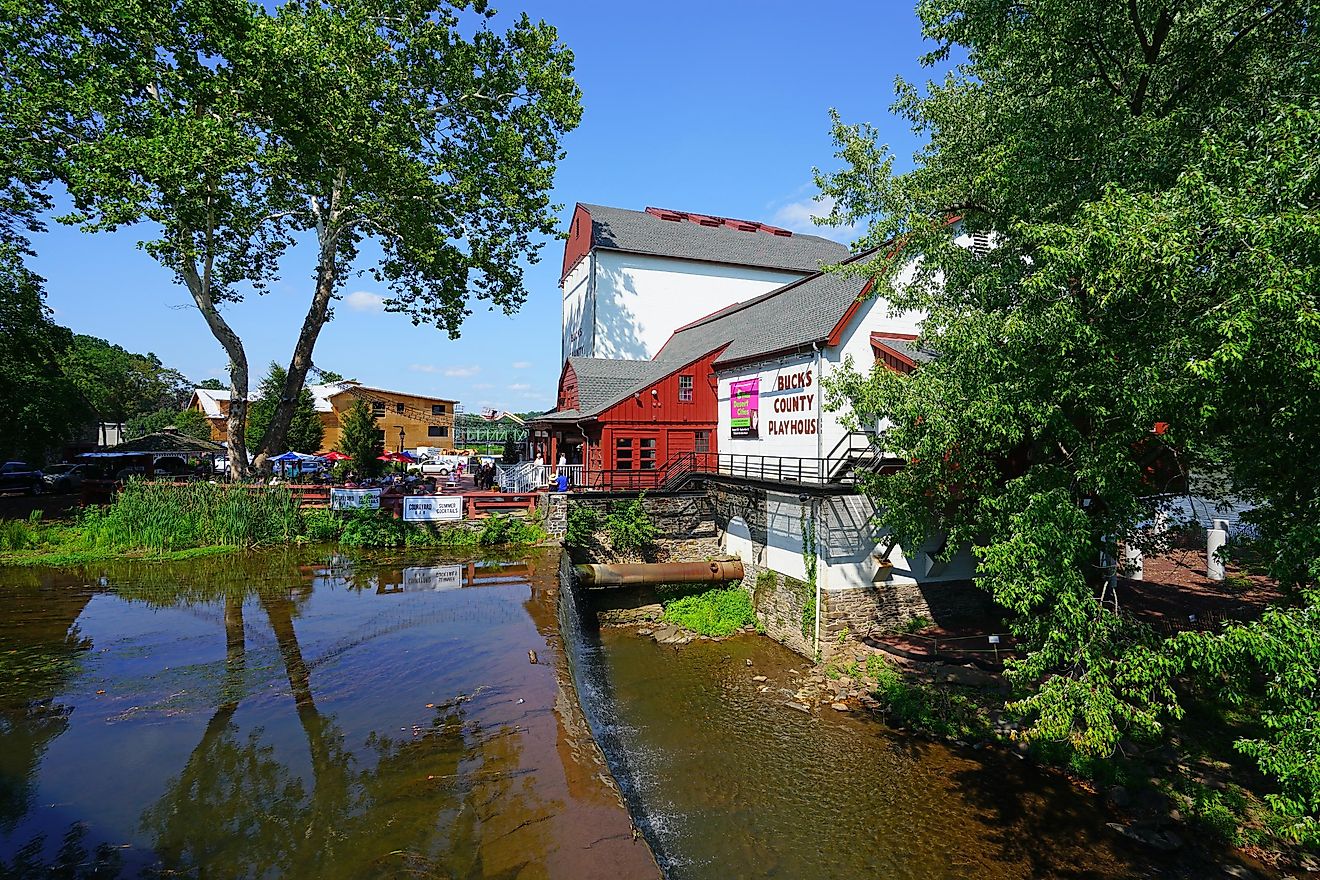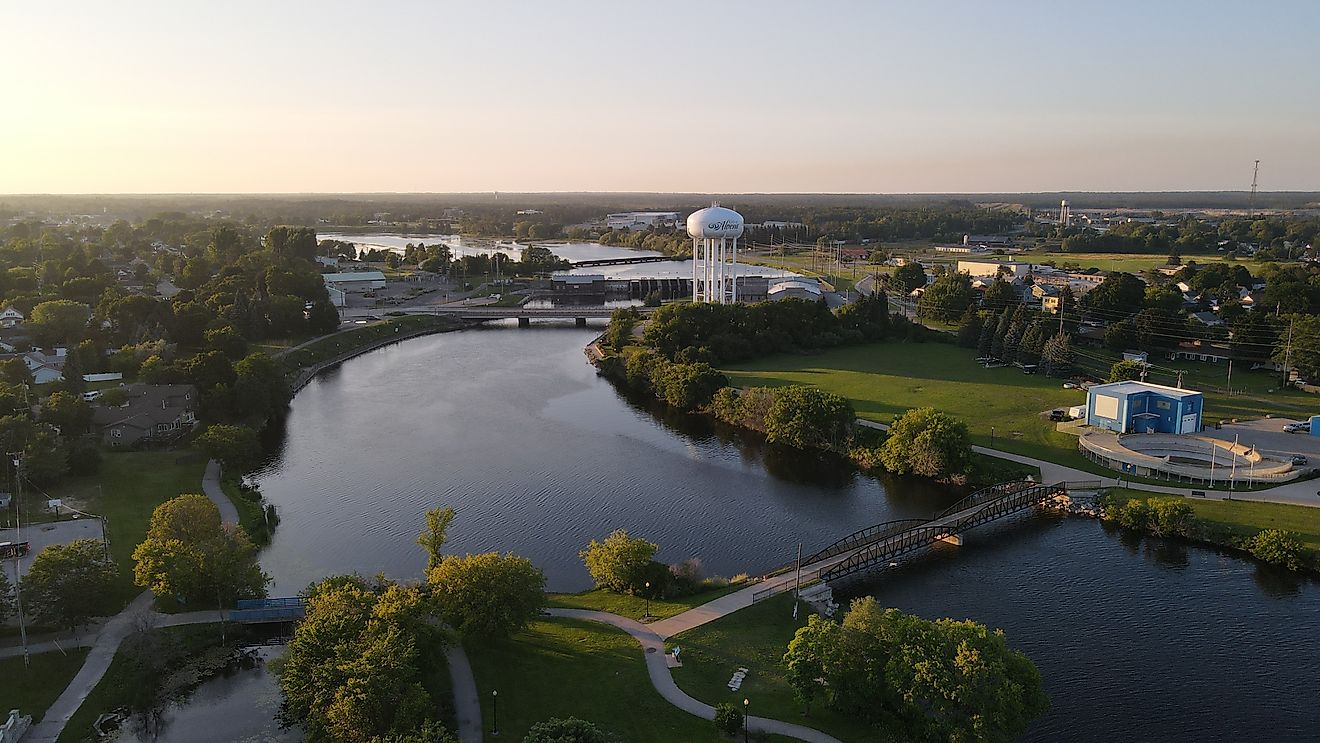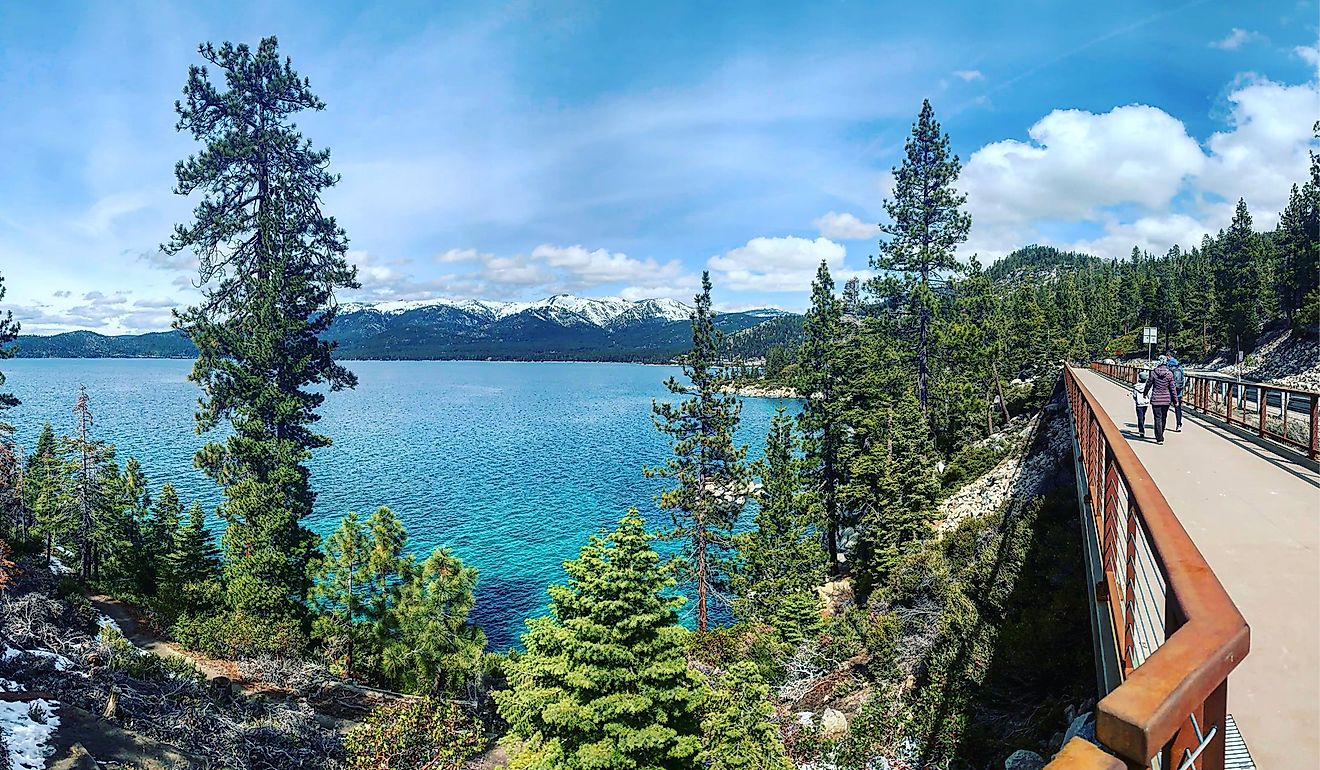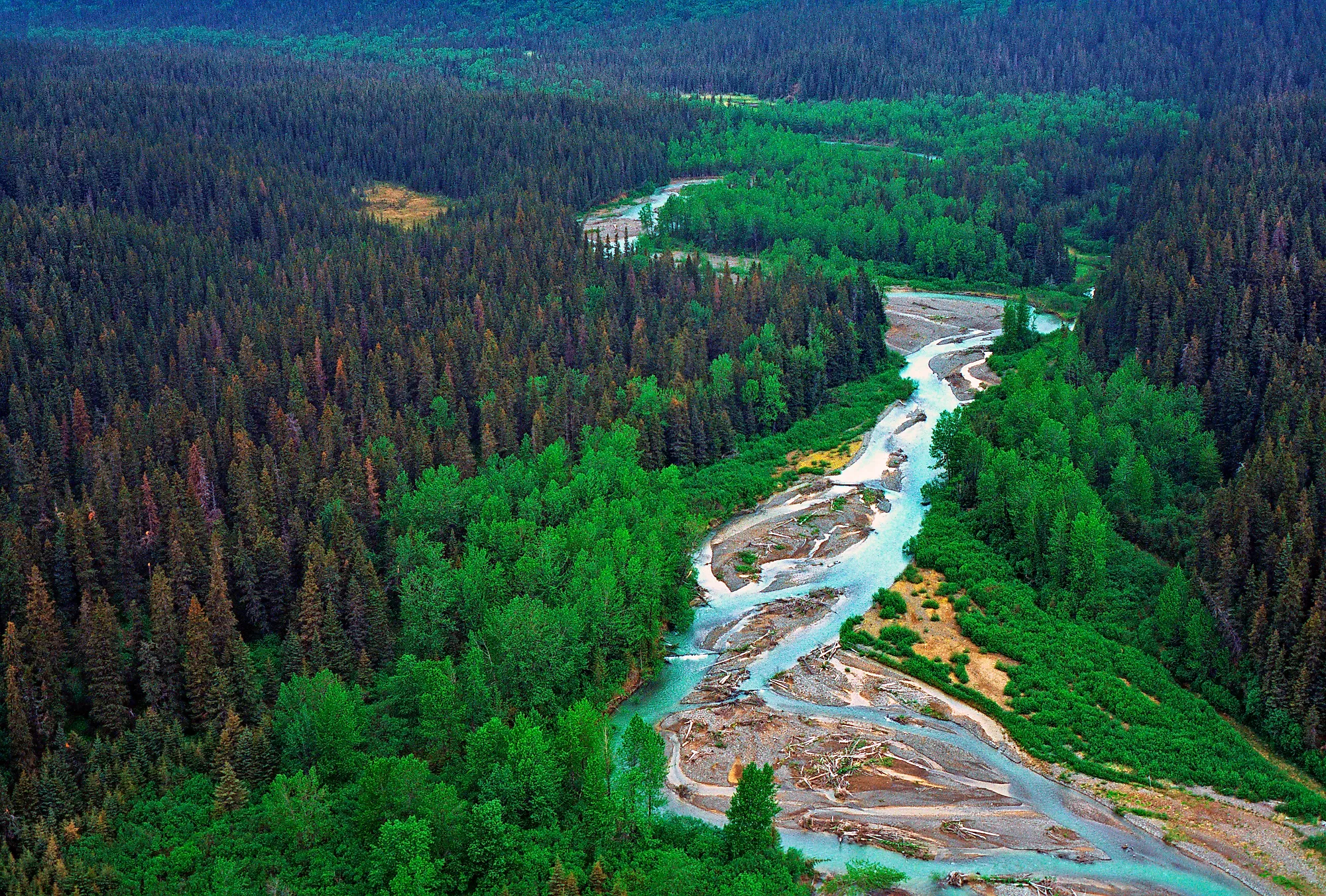
Lake Clark National Park And Preserve
Lake Clark National Park and Preserve is located in the south west of the state of Alaska, United States. Occupying an area of 16,308 square kilometers, the park is remote, and can only be reached via boat or plane, usually float plane. The vast expanse of land includes a variety of polar ecosystems, and as a result, a large number of Alaskan animals can be found within the park as well.
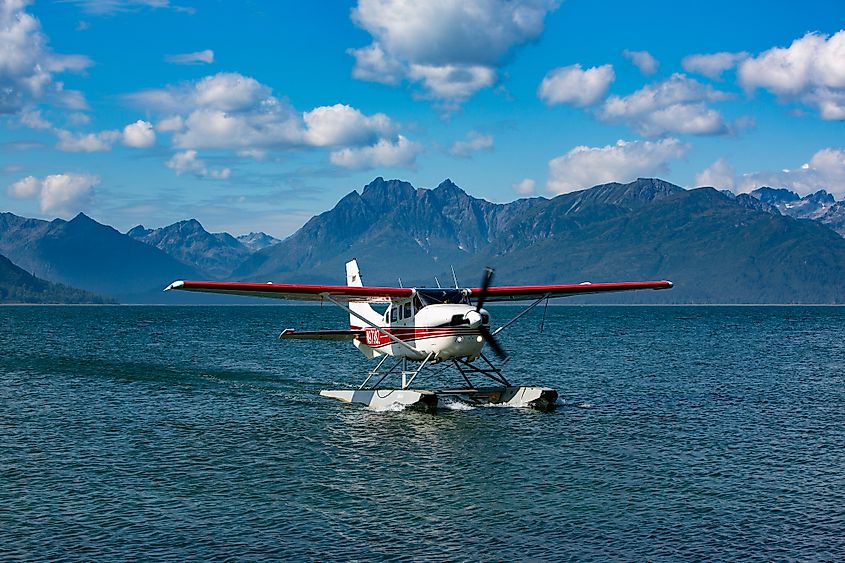
History
The Cook Inlet, the major water way through which the park is accessed, was first explored by Captain James Cook of Britain in 1778. It was not until 1930, however, that the first floatplane was able to land in Lake Clark. The lake was later declared a national monument in 1978, and officially became a national park and preserve in 1980 when congress passed the Alaska National Interest Lands Conservation Act.
Landscape And Climate
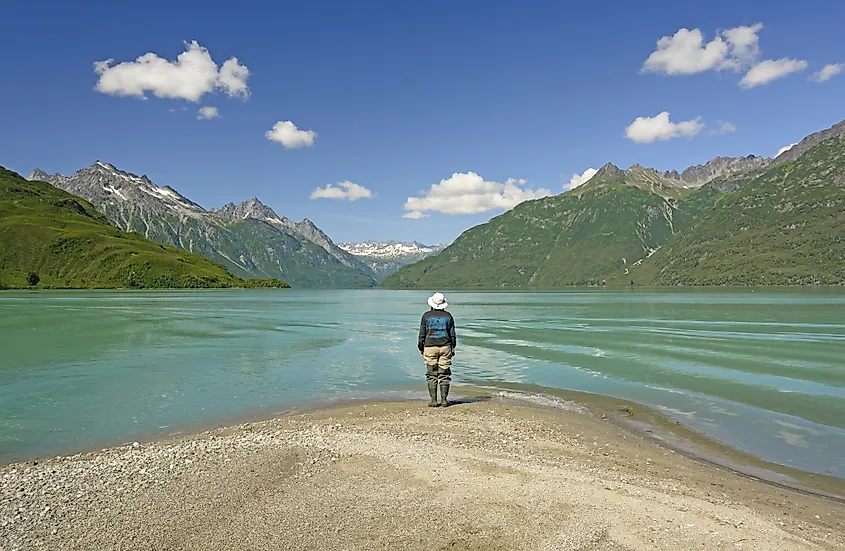
Lake Clark National Park is situated at the base of the Alaskan Peninsula. It extends from Cook Inlet to the Chigmit Mountains and Neacola Mountains, covering a full range of alaskan landscapes. The park is mainly designated as wilderness, a type of ecosystem common in Alaska and northern Canada.
The overall climate in the park is classified as subarctic, and includes year-round precipitation - usually in the form of snow - and cool summers. Subarctic climates average temperatures lower than 0 degrees celsius in their winters, have one to three months averaging above 10 degrees celsius, and no months where the average temperature reaches above 22. Along with regular precipitation, Lake Clark is not the only waterway in the park. The region also includes Summit Lake, as well as notable rivers Tlikakila River, Newhalen River and Kvichak River.In addition to the mountain ranges, the park also includes two active volcanoes, which are Mount Redoubt and Mount Iliamna.
Flora
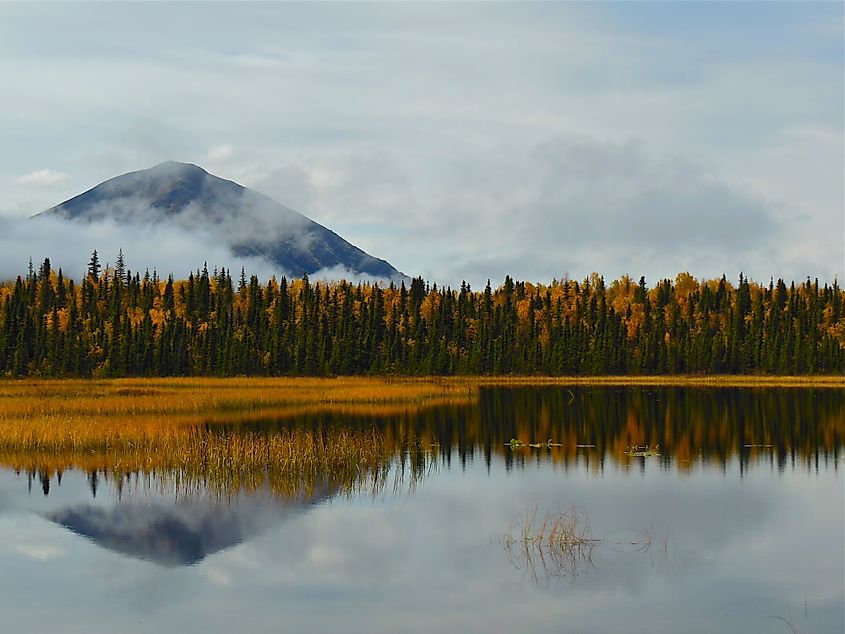
Despite being subarctic, the park does include a diverse range of plantlife. Various flowers, low plants, grasses, trees, aquatic plants and lichen do thrive in this harsh environment.
Various types of duckweed and pondweed grow in Lake Clark, as well as water hemlock. Grasses are also common, and include species of polar grass and reed grass. Rushes and golden rod also grow along bodies of water. Pussy toes and cat paws also grow in the region, as do flowers such as bog orchids, arctic daisies, violets and primrose. Douglas aster, birch, spruce and willows are the main types of trees in the area.
Edible plants include but are not limited to snow parsley, cow parsnip, and chives. SImilarly vetch, sedge, draba all also cover much of the vegetated land. Other species identified in Lake Clark National Park include irises, lady’s slipper, coltsfoot and wormwood, groundsel, bluebell, harebell, as well as cress like wintercress and rockcress.
Fauna
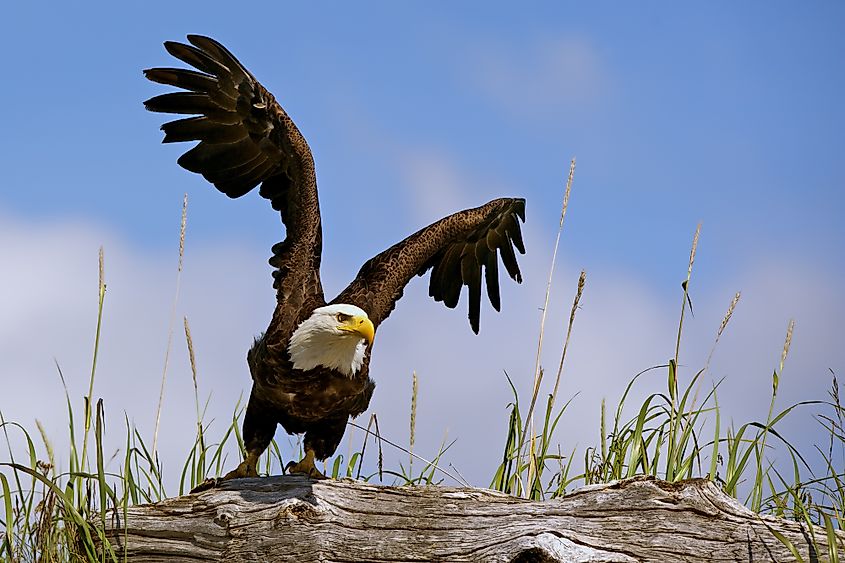
Animals that live in Lake Clark National Park include a number of types of fish, as well as a variety of birds. Hawks and eagles love the remote landscape, including red tailed hawks, bald eagles and golden eagles.
Geese and ducks also live within the lake itself, including species like the White-fronted goose, and Ring-necked duck. Scoter, king eider, murrelet, also live in the area, as well as several types of puffin, gulls and plover towards to coastal regions. Other species include ptarmigan, loons, snow buntings, gray jays, sparrows, swallows, kinglets, thrushes, grebe and several types of owl, including the boreal and the great horned.
Fish are in abundance, and are a primary food source for hunting birds but also for the human residents that live in the park and surrounding areas. Fish species include herring, pollock, stickleback, smelt, salmon and whitefish.
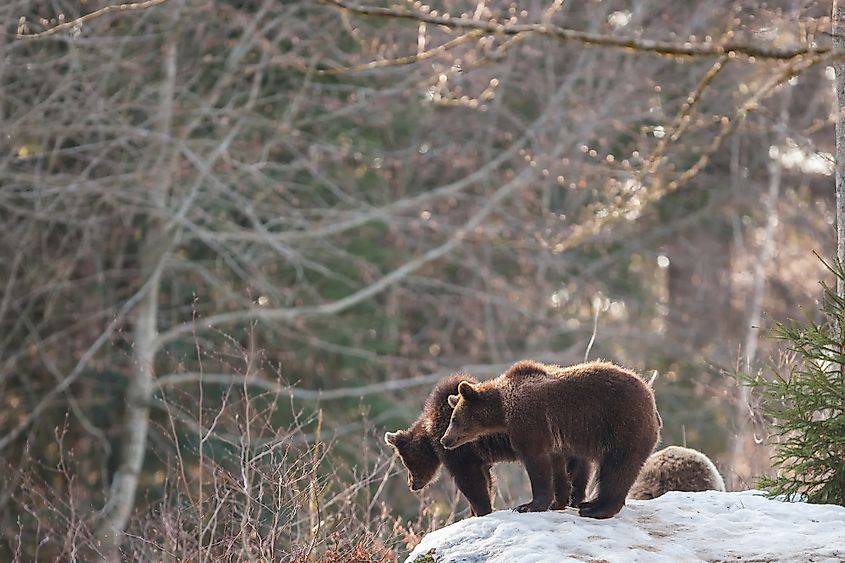
Tough remote, there are still a number of mammals that call Lake Clark home. These even include large hunters such as both brown bears and black bears. There are also vast herds of majestic caribou, which in turn attract grey wolves. Arctic foxes and lynx, feed on shrews, marmots, lemmings, voles, and snowshoe hares.
